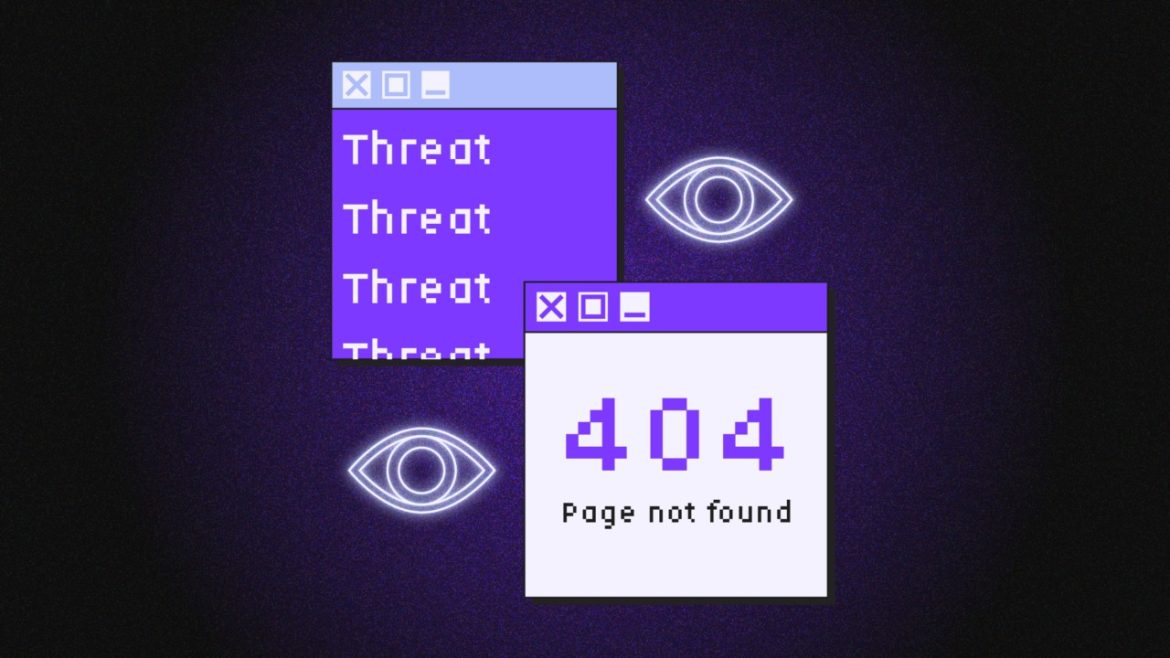Insider threats pose a significant risk to organizations, often resulting in data breaches, intellectual property theft, and financial losses. Unlike external threats, insider threats originate from within the organization, making them particularly challenging to detect and mitigate. In this article, we’ll explore effective mitigation strategies for protecting against insider threats and safeguarding sensitive data and assets.
Understanding Insider Threats
Insider threats arise when individuals with authorized access to an organization’s systems, networks, or data misuse their privileges for malicious purposes. These individuals may include employees, contractors, or trusted partners who abuse their trust or become compromised by external actors.
1. Malicious Insiders
Malicious insiders intentionally exploit their access to commit fraud, sabotage systems, or steal confidential information for personal gain or malicious intent. These individuals may have legitimate credentials and exploit their insider status to bypass security controls and evade detection.
2. Negligent Insiders
Negligent insiders, on the other hand, inadvertently pose a threat to security by engaging in risky behaviors or failing to adhere to security policies and best practices. These individuals may fall victim to social engineering attacks, inadvertently disclose sensitive information, or neglect security protocols, putting the organization at risk.
Mitigation Strategies for Insider Threats
1. Implement Least Privilege Access
Adopt a least privilege access model to limit users’ access rights to only those resources and privileges necessary to perform their job functions. By restricting access to sensitive data and critical systems based on the principle of least privilege, organizations can reduce the potential impact of insider threats.
2. Conduct Regular Security Awareness Training
Educate employees about the risks associated with insider threats and provide training on security best practices, including phishing awareness, password hygiene, and data handling procedures. Encourage employees to report suspicious activities or security incidents promptly to the appropriate authorities.
3. Monitor User Activity
Implement robust user activity monitoring and behavior analytics solutions to detect anomalous behavior and suspicious activities indicative of insider threats. Monitor user logins, file access, and data transfers for signs of unauthorized or unusual behavior that may indicate a security breach.
4. Enforce Separation of Duties
Enforce separation of duties and role-based access controls to prevent individuals from having unchecked authority over critical systems or processes. By dividing responsibilities among multiple individuals, organizations can reduce the risk of insider collusion and unauthorized activities.
5. Implement Data Loss Prevention (DLP) Measures
Deploy data loss prevention (DLP) solutions to monitor and control the movement of sensitive data within the organization’s network and endpoints. Implement encryption, data masking, and access controls to protect sensitive information from unauthorized access or exfiltration.
6. Foster a Culture of Trust and Accountability
Promote a culture of trust, transparency, and accountability within the organization to encourage employees to take ownership of their actions and report security incidents without fear of reprisal. Establish clear policies and procedures for handling insider threats and provide support resources for employees facing security challenges.
Conclusion
Insider threats pose a significant risk to organizations’ security and can have far-reaching consequences, including reputational damage, financial losses, and regulatory penalties. By understanding the nature of insider threats and implementing effective mitigation strategies, organizations can minimize the risk of insider attacks and protect against internal risks.
From implementing least privilege access and conducting regular security awareness training to monitoring user activity and enforcing separation of duties, proactive measures can help organizations detect and deter insider threats before they escalate into security incidents. By fostering a culture of trust, accountability, and collaboration, organizations can empower employees to become active participants in safeguarding against insider threats and protecting the organization’s assets and reputation.
